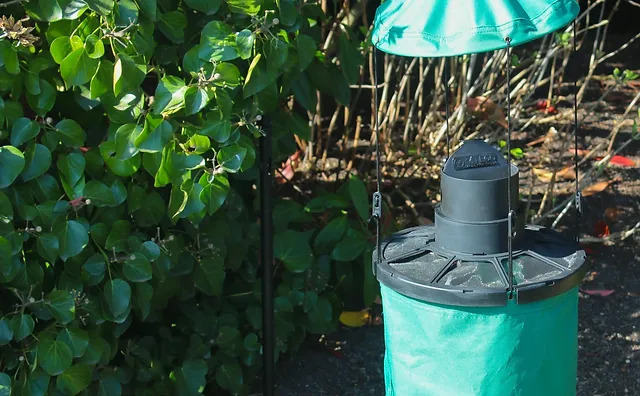Malaria and arbovirus-borne diseases, such as dengue fever, Zika virus, and chikungunya, pose a significant threat to global public health. These diseases are primarily transmitted by mosquito vectors, making effective vector surveillance crucial for targeted control and prevention strategies. In recent years, advancements in vector monitoring technology have led to the development of innovative tools like the MTego trap. This article explores the potential of the MTego trap as a valuable tool for monitoring malaria and arbovirus vectors, highlighting its benefits and implications for disease control.
The MTego trap: a potential tool for monitoring malaria and arbovirus vectors

Understanding the MTego Trap:
The MTego trap is a novel vector surveillance tool designed to attract, capture, and monitor mosquitoes. Developed by a team of researchers, the trap utilizes a combination of visual cues, thermal properties, and chemical attractants to effectively lure and trap female mosquitoes. It consists of a durable, weather-resistant container equipped with sensors and a collection chamber.
Working Mechanism:

The MTego trap exploits the sensory preferences and behavior of mosquitoes to maximize its efficiency. It emits heat and replicates human odor through the use of chemical lures, which mimics the conditions that attract female mosquitoes for blood-feeding. Additionally, the trap incorporates visual cues, such as color patterns, to further entice the mosquitoes.
Benefits of the MTego Trap:
- Enhanced Vector Surveillance: The MTego trap offers improved vector monitoring capabilities by accurately identifying and quantifying the mosquito populations. It allows researchers and health authorities to gather valuable data on vector species abundance, behavior, and distribution.
- Targeted Control Measures: By providing real-time information on mosquito populations, the MTego trap enables focused interventions. This data-driven approach allows for the implementation of targeted control measures, optimizing the use of limited resources and reducing the environmental impact of broad-spectrum insecticide applications.
- Early Warning System: The MTego trap’s ability to capture and monitor mosquitoes in real-time facilitates the detection of disease-carrying vectors. This early warning system can provide timely alerts, enabling prompt response and intervention to prevent disease outbreaks.
- Cost-Effective Solution: Compared to traditional surveillance methods, the MTego trap offers a cost-effective solution. Its durable construction and autonomous functionality reduce the need for constant maintenance and labor-intensive monitoring, making it a practical option for resource-constrained settings.
Implications for Disease Control:
- Integrated Vector Management: The MTego trap can be integrated into existing vector control programs, enhancing the overall effectiveness of disease control efforts. By combining surveillance data from the MTego trap with other tools such as larval source management, insecticide-treated bed nets, and indoor residual spraying, comprehensive vector management strategies can be developed.
- Research and Development: The continuous use of the MTego trap can provide researchers with valuable insights into vector biology and behavior, aiding in the development of more targeted control strategies. Additionally, the trap’s data can contribute to studies on mosquito-borne diseases, helping to advance our understanding of transmission dynamics and potential risk factors.
- Global Health Impact: The implementation of the MTego trap in endemic regions can contribute to reducing the burden of malaria and arbovirus-borne diseases worldwide. By enabling accurate surveillance, informed decision-making, and timely interventions, this innovative tool has the potential to make a significant impact on global public health.
Conclusion:
The MTego trap represents a promising advancement in vector surveillance technology. With its ability to attract, capture, and monitor malaria and arbovirus vectors, it offers a valuable tool for targeted disease control. By leveraging its benefits, including enhanced surveillance, early warning systems, and cost-effectiveness, the MTego trap can contribute to reducing the burden of mosquito-borne diseases and improving global health outcomes. Continued research, development, and implementation of such innovative tools are essential in the ongoing fight against malaria and arbovirus infections.
Must read : Preventing Shingles: Exploring the Importance of the Shingles Vaccine










Leave a Reply